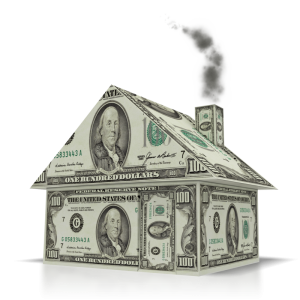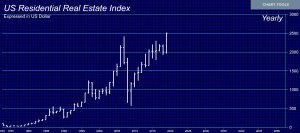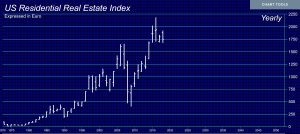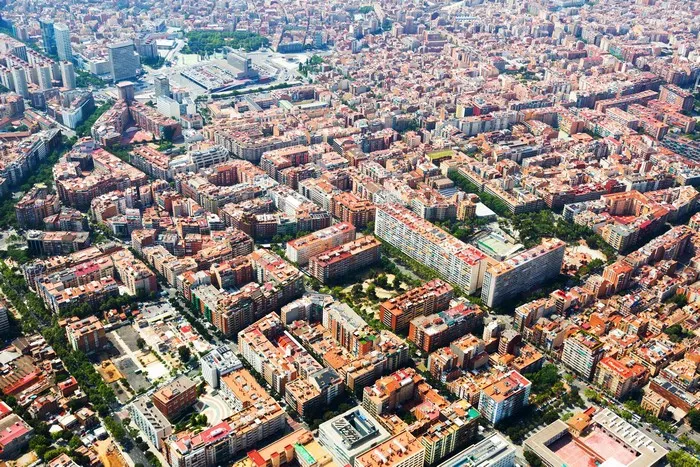During the last Mortgaged Backed Security scandal which undermined the entire world economy, they created mortgage modifications which enabled millions of delinquent homeowners to avoid having their home foreclosed. Since 2007, it has been estimated that some 8.7 million permanent mortgage modifications were created. There are still over $800 billion of these bubble-era loans outstanding. How were they allowed to survive? For at least the past five years, between 75% and 95% of all mortgage modifications have taken the past interest due that was in default, included it in a capitalization of interest arrears, which means the resolution was never for the benefit of the homebuyer.
By adding the past-due interest, they have been paying interest on the interest. This failure to address the issue by some partial debt forgiveness with respect to prior interest means that the mortgage crisis has been simply postponed. If a new financial crisis hits, the old one will simply be sent off into foreclosure and real estate values can still plummet even more in the low-end of the market.
Barrons did a good review of the problem. They came to the conclusion that re-defaults will be more likely as home values fail to get back to par and these people will just walk away. Indeed, the resolution should have been the forgiveness of past-due interest. Then the value of the homes would have been less impacted. But the bankers refused to accept the loss and as a result, real estate has been unable to recover on the low end of the market which is why the economy has not been robust as it should be boosted more by capital inflows than true economic recovery.
When we look at our broad real estate index, it has been making new highs in 2019. However, when we plot this in Euro, we can see why there have been foreign capital inflows. But the foreign capital has been buying the high-end, not the class where the mortgage bubble of 2007 impacted. From a foreign perspective, the high investment end of the markets has been above the 2007 high for the past 4 years. This is why the new highs have tended to be concentrated in the major centers like New York City and Miami – not local main streets.
Barrons reported that if we look at JPMorgan Chase (JPM) which holds the second-largest residential mortgage portfolio in the nation, we see in its second quarter of 2019 report, that almost $10 billion of modified loans (known as troubled debt restructuring)remained outstanding. Of this restructured debt, 43% were listed as having re-defaulted. Bank of America (BAC) has stated that 41% of its modified loans had re-defaulted.












